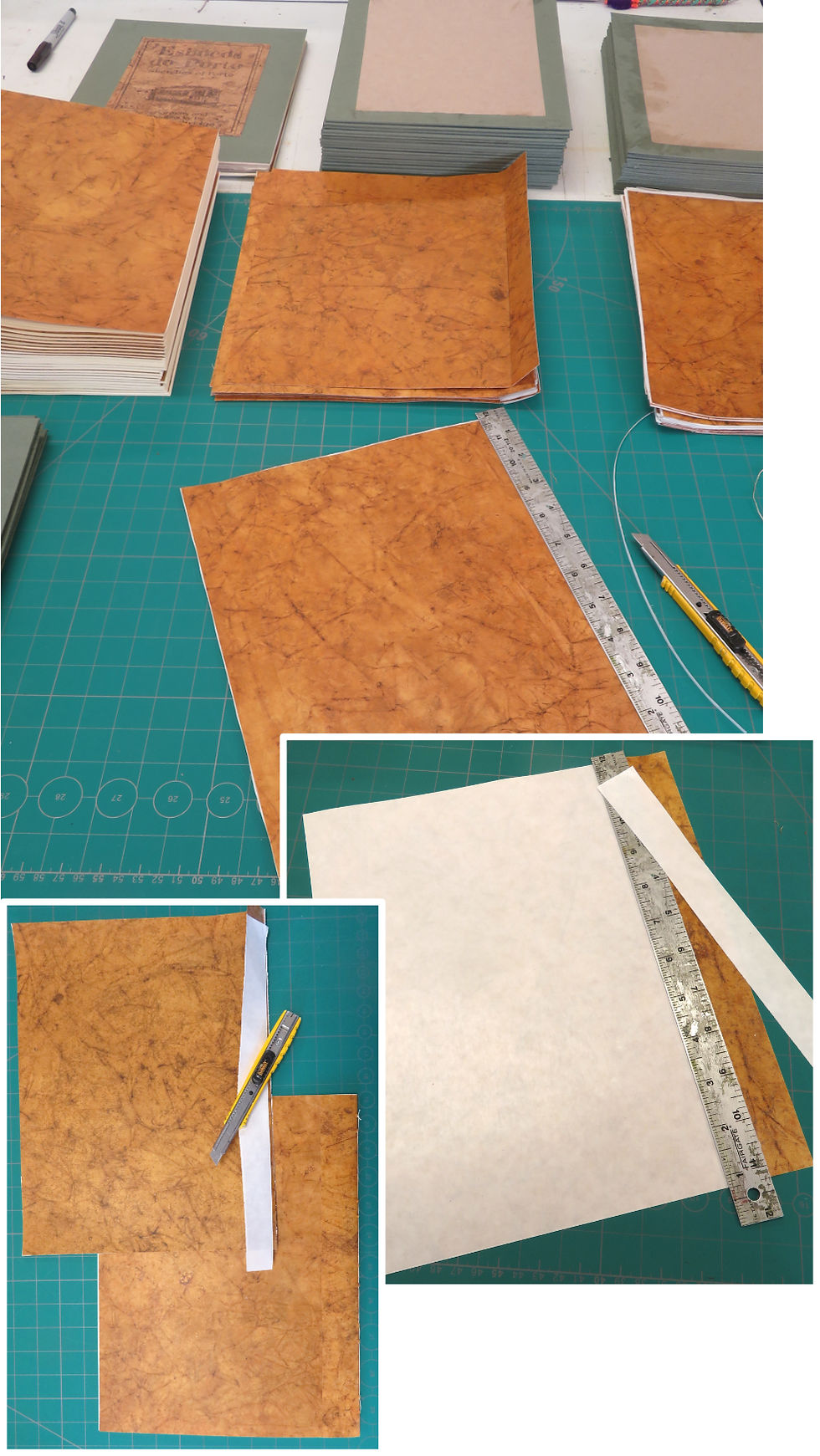Inspiration for the March Dance
- DCartpress
- Aug 10, 2023
- 2 min read
I was asked what inspired me to create the crane woodblock. The woodblock was complied from multiple sketches made over a few years of attempting to catch the Sandhill Cranes in their full congregation. It was usually too cold for watercolors, so I worked with watercolor pens and pencils.

East of the Great Sand Dunes in Southern Colorado, in an area of what looks to be a flat plain of sage brush, are muddy depressions that, in the spring and fall, hold a foot or two of water. The Sand Dunes and sage brush plateau are at the foot of the Sangre de Cristo mountains. These water pockets are a traditional rest stop on the bi-annual migration of the cranes.
With a multi-day painting trip to coincide with the spring migration, I arrived at the San Luis Lakes early in the morning. I quickly saw cranes flying north to cross the Sangre de Cristo range, yet those were the only cranes I saw for the next two days. From the maze of tracks at the water’s edge, I could tell hundreds of cranes had been there, but I was late in arriving.

My next excursion did a bit better and I saw a few groupings before they took flight and headed north. I quickly learned one has to crawl through the sage brush, into the wind, as the cranes are very wary of predators, even a clumsy creature peeking through the sage trying to get a quick sketch. One of these sketches did become the inspiration for the woodblock, North Bound.
After some research, I learned the cranes travel with a storm, following the winds that blow north along the Rio Grande River and over the Sangre de Cristo mountains. Not only do those winds assist the cranes on their migration, but they also carry sand from the southern reaches of the Rio Grande and deposit it at the base of the Sangre de Cristo’s creating the Great Sand Dunes.

So, another excursion was planned for another spring in late March to coincide with a storm blowing in from the southeast. With sketching gear in hand, I trudged into the freezing wind with snowy plumes blowing off the peaks above the valley. Walking out into the flat sage brush plain, I soon heard the raucous calls of the cranes. On hands and knees, moving into the biting wind through the sage brush, I found hundreds of cranes gathered on the protected side of a water pocket, all adding their call to the cacophony blowing in the wind.

I fantasize at having an interactive moment in a gallery setting where hidden fans start blowing a freezing wind with the raucous noise of a few hundred cranes into the face of an unsuspecting gallery visitor. The viewer might enjoy the semblance of mother nature without having to hide behind the sage brush. What seems such a peaceful scene on the gallery wall is actually filled with the vitality of nature.





Comments